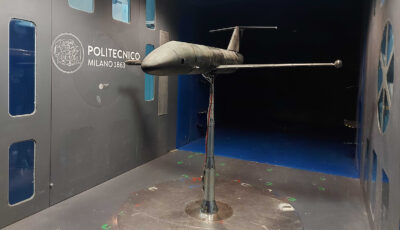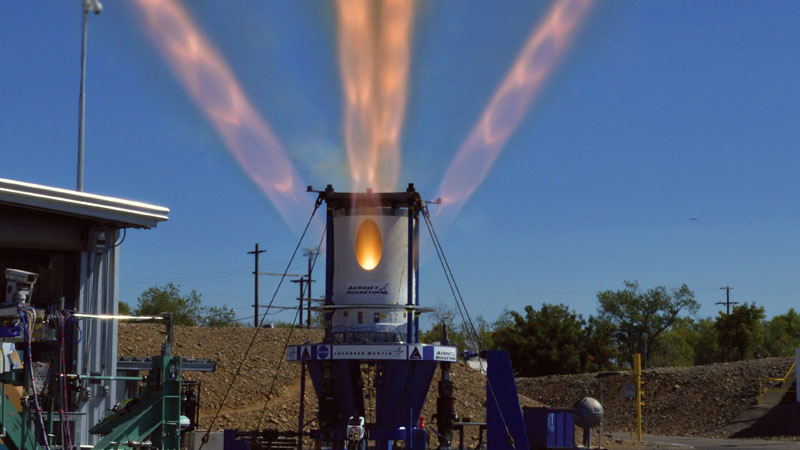Researchers measure xenon at low concentrations, demo novel approach to measuring particle velocities
By Thomas P. Jenkins and David H. Plemmons|December 2018
The Aerodynamic Measurement Technology Technical Committee advances measurement technology for ground facilities and aircraft in flight.
In January, researchers with MetroLaser Inc., Colorado State University, Princeton University and Texas A&M University demonstrated two-photon absorption laser-induced fluorescence, or TALIF, to measure concentrations of neutral xenon atoms at very low concentrations. Although the technique dates back to at least 1996, these results represent the first time it has been demonstrated at such low number densities, which are relevant to Hall effect thrusters operating in space. Results showed an improvement in detection limit of three orders of magnitude over previously reported data. TALIF will help designers produce more efficient and longer-lived ion thrusters for applications in space exploration and defense. In September, the U.S. Air Force awarded the MetroLaser-led team follow-on funding to implement the technique on a full-scale Hall effect thruster.
In February, MetroLaser, in a joint program with Ohio State University, demonstrated a novel technique for measuring gas phase and particle velocities simultaneously by applying particle-size-sensitive image processing techniques prior to particle image velocimetry. The method enables two-dimensional distributions of gas velocity from small tracer particles by isolating them from larger particles using computational two-parameter filtering of the raw images. Researchers also analyzed the large particles in a similar way, separating them from the small particles to provide simultaneous particle velocities. The researchers then overlaid the resulting gas and particle velocity fields to provide a complete picture of the two-phase flow. The new diagnostic capability could have major benefits in experimental studies of gas-particle momentum exchange with applications in studying multiphase blasts, fuel injection sprays and a wide range of industrial processes.
Engineers and scientists at the Arnold Engineering Development Complex in Tennessee implemented an enhanced measurement capability in the von Karman Gas Dynamics Facility hypersonic wind tunnels B and C. The new technology uses a large-format infrared camera to image surface temperatures of metallic test articles. The test article surface is coated with a material that exhibits near blackbody emissivity over the temperature range of interest. The infrared images from the test article surface are converted to temperature images using the Planck blackbody radiation formula. The temperature images are used to infer boundary layer transition from laminar to turbulent by registering the temperature increase associated with a turbulent boundary layer. Analysis of the temporal evolution of the surface temperature yields heat transfer through the model surface. Local values of heat flux and shear stress on a hypersonic aircraft’s surface affect the aircraft’s thermal and aerodynamic performance. The infrared imaging techniques implemented at Arnold Engineering Development Complex enable global assessment of these variables over the entire surface of a wind tunnel test article.
Near-wall measurements are widely considered one of the major technical challenges for experimental aerodynamics studies, and particle image velocimetry, or PIV, measurements in these regions are particularly difficult. Professor C.B. Lee and his research group at Peking University developed an image parity exchange, or IPX, technique in 2013 by adding optimal synthetic particles on the solid side for more accurate flow measurements in the near wall regions. The improved image-preprocessing method expands the traditional window deformation iterative multigrid scheme in PIV image processing. The IPX method was applied this year to investigate the initial growth of flow asymmetries over a slender body at high angles of attack to extract the high-frequency coherent flow structures in hypersonic boundary layers.
Editor’s note: Thomas P. Jenkins works at MetroLaser.
At top, the multiphase flow image at the top is composed of two experimental images, one of tracers and one of particles. The multiphase image was processed to recover nearly these same two images using the two-parameter filtering, or TPF, method, as seen on the right. The images on the right are undoctored images, while those on the left were obtained by processing the combined image. Credit: Ohio State University



































